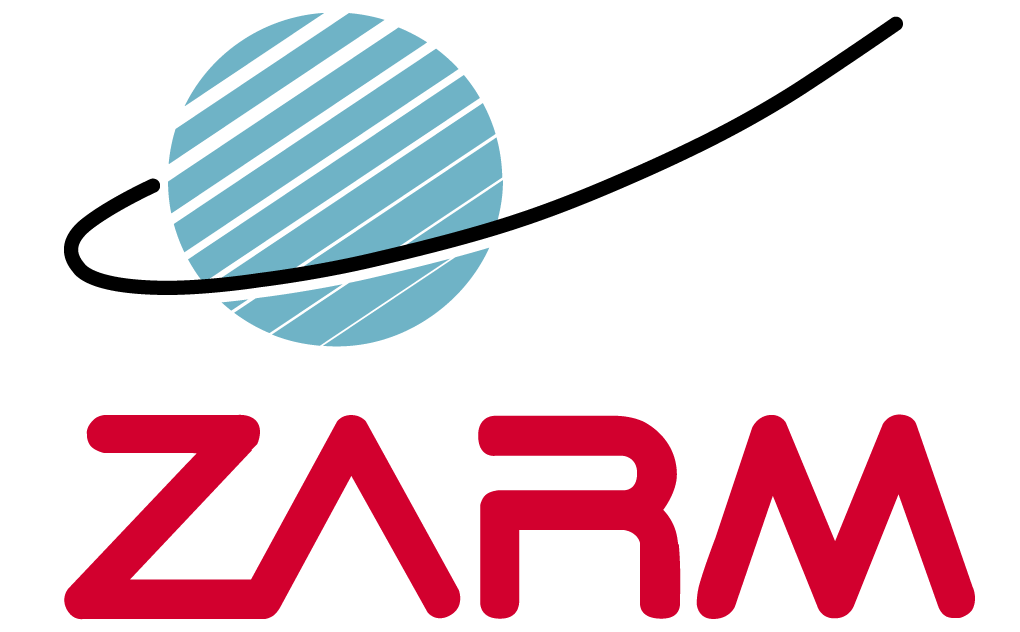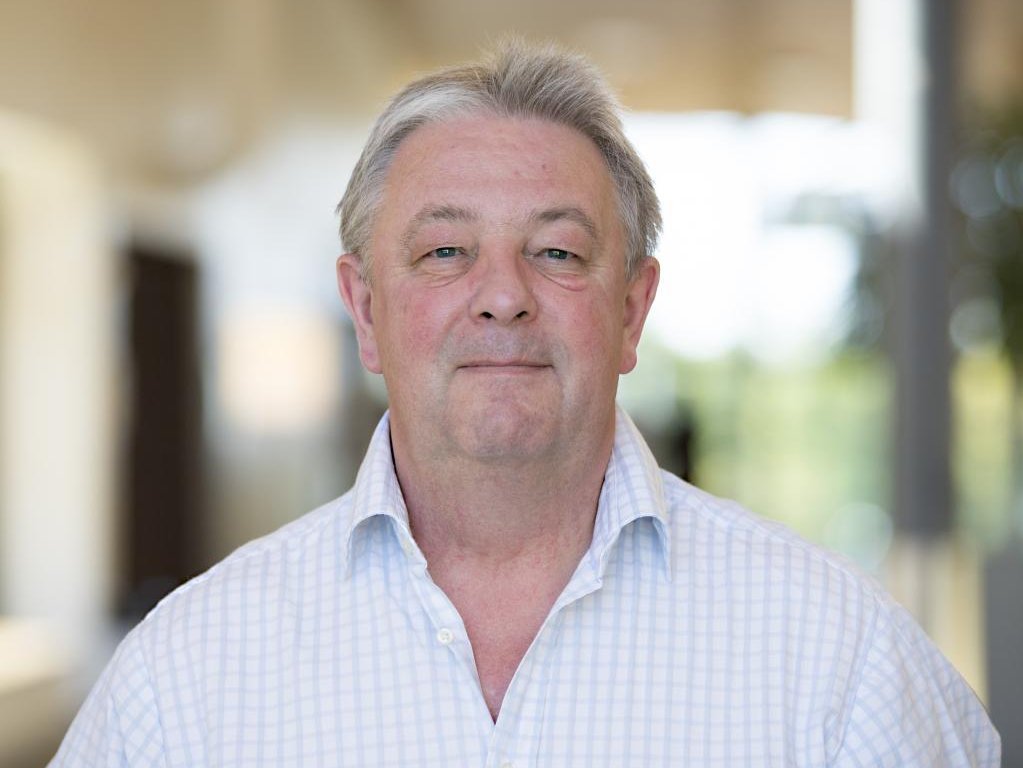ZARM Talk: Tests in Schwerelosigkeit zur Verbesserung von Solarzellen
Wie beeinflusst die Mikrogravitation die Bildung von Dünnschichtmorphologien in organischen Solarzellen? Am 8. Mai um 14:00 Uhr zeigt Jan van Stam (Universität Karlstad, SE), wie sich die Trocknungsdynamik in Schwerelosigkeit verändert.
- Der Vortrag findet in englischer Sprache statt -
- Date: 08 May 2025
- Time: 14:00
- Location: ZARM, room 1280
The DIPCOM and LiFiCo projects are part of a multi-disciplinary research programme, within the prioritised research area Materials Research at Karlstad University. Within these projects, scientists from physical chemistry, materials physics, and modelling investigate molecular interactions under normal and microgravity conditions. The DIPCOM experiments were performed during the 70th and 78th ESA parabolic flight campaigns, while LiFiCo was carried out at the Suborbital Express 4-M16 sounding rocket mission in November 2024.
The projects aim primarily at a better fundamental understanding and a better control of the molecular interactions yielding the structures found in the molecular blend thin films making up the active layer of an organic solar cell. The evaporation of the solvent during drying causes a fast-developing concentration gradient, eventually leading to an evolving phase separation. Due to the fast solvent evaporation, the phase separation process is arrested before it reaches completion. This partial phase separation will result in a specific film structure, the film morphology. It is of both fundamental and applied interest to be able to control and manipulate the film morphology, as well as developing means of performing wet chemistry preparations under microgravity conditions.
In the case of an organic solar cell, the deposited solution contains donor, acceptor, and sometimes additional compounds, and the active layer morphology is shown to be decisive for the device performance. The kinetics of the phase separation is slowed down under microgravity conditions, while the evaporation kinetics remains unchanged. Microgravity conditions, hence, facilitates to study the initial stages of the morphology formation. By applying microgravity conditions in preparations during parabolic flights, we have found differences in morphology related to the slower phase separation. Unfortunately, the short time-span of microgravity under parabolic flights is not enough to ensure complete drying maintaining microgravity conditions. To ensure that the complete drying process is performed under microgravity conditions, sounding rocket experiments are needed.
To realise the deposition of the coating solution under sounding rocket conditions, a new experimental unit was developed in collaboration with ESA and the Swedish Space Corporation. This equipment, relying on flow-coating onto a glass substrate, allows to create a gravitational field aligned with the experiment cell. This field is necessary during filling and retraction of the solution, in order to control the liquid flow. The new equipment’s functionality was tested in October 2023 with drop-tower experiments at ZARM in Bremen. These experiments showed that the equipment works as predicted and yielded valuable information on flow-patterns and wetting.
The LiFiCo experiments were performed at Esrange in November 2024. The results will be used to evaluate the parabolic flight results from DIPCOM, as well as giving the basis for further applications for participation in sounding rocket campaigns.
In this seminar, we will present both old and new results and the experimental set-ups used for DIPCOM and LiFiCo.




